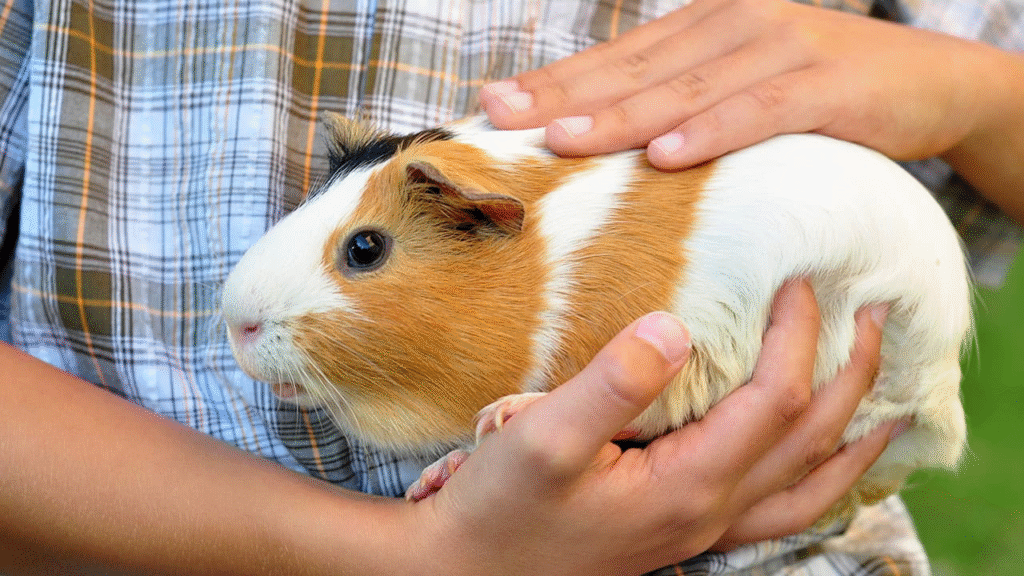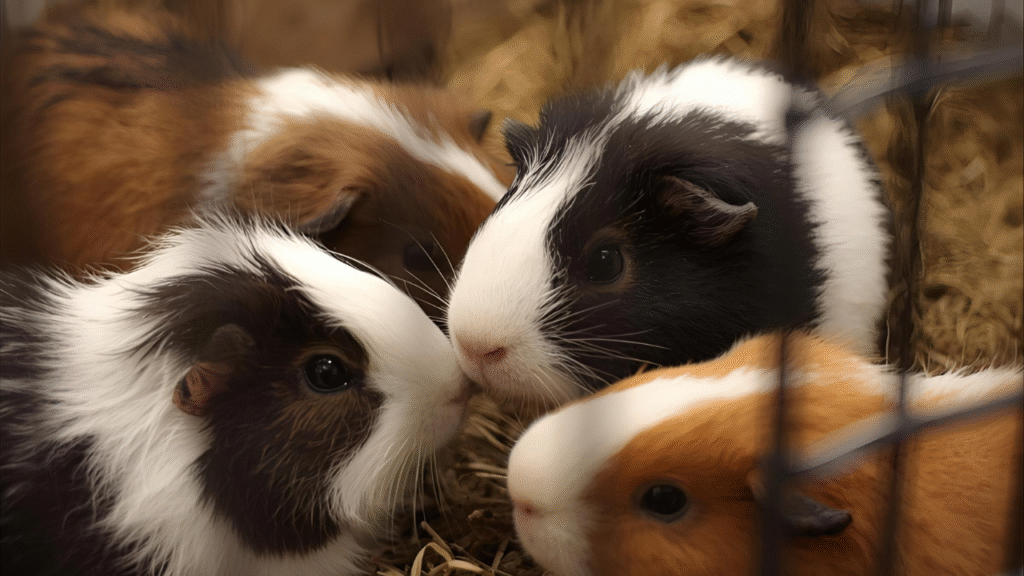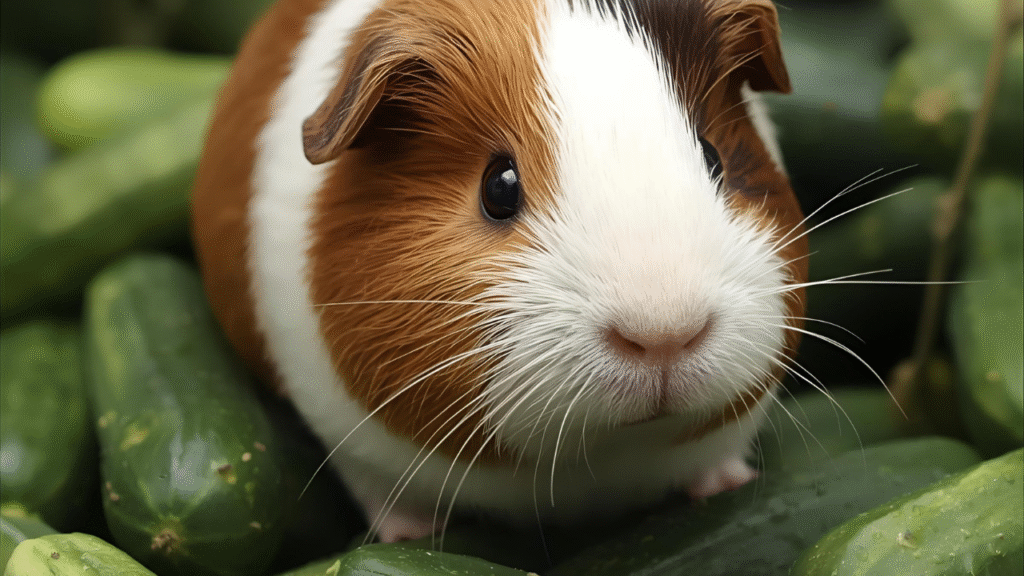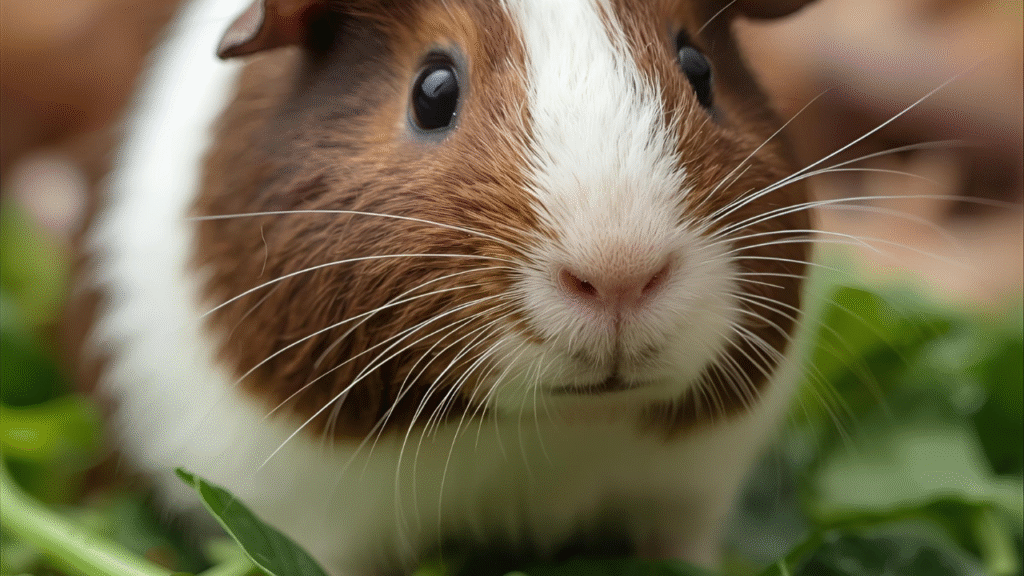Tomatoes are a staple in many human diets, but if you’re a guinea pig owner, you may be wondering: “Can guinea pigs eat tomatoes?” The short answer is yes, but with some important guidelines and precautions. This article will walk you through the benefits, risks, and the right way to feed tomatoes to your guinea pigs.
Are Tomatoes Healthy for Guinea Pigs?
Yes, tomatoes can be healthy for guinea pigs when fed in moderation. Tomatoes are packed with vitamin C, which is crucial for guinea pigs since their bodies cannot produce this vitamin naturally. Without enough vitamin C, guinea pigs are at risk of scurvy, a common and dangerous health issue in cavies.
Tomatoes are also low in calories and contain beneficial antioxidants like lycopene and beta-carotene, which support overall health. However, their high acidity means they should be treated as an occasional snack rather than a daily food.
What About Tomato Leaves and Stems?
While the red, ripe part of the tomato is safe for guinea pigs, the leaves, stems, and unripe green tomatoes are toxic. They contain a compound called solanine, which is harmful to guinea pigs and can cause digestive problems, weakness, or even poisoning.
👉 Always wash the tomato thoroughly, remove the green parts, and serve only the ripe flesh in small portions.
What Vitamins and Other Nutrients Do Tomatoes Contain?
Tomatoes are a nutrient-rich fruit (yes, botanically a fruit!) that offers several benefits to guinea pigs:
- Vitamin C – Essential to prevent scurvy and support immune health.
- Vitamin A – Important for vision and skin health.
- Vitamin K – Supports blood clotting and bone strength.
- Folate (B9) – Aids in cell function and tissue growth.
- Potassium – Helps regulate fluid balance and muscle activity.
- Fiber – Supports digestion and gut health.
- Antioxidants (like lycopene) – Help protect against cell damage.
These nutrients make tomatoes a healthy addition to a guinea pig’s diet, but only in moderation.
What are the Downsides About Tomatoes for Guinea Pigs?
Even though tomatoes are safe, there are a few risks to consider:
- Acidity – Tomatoes are acidic, which can cause mouth sores or stomach upset if fed too often.
- High water content – Too much tomato may lead to diarrhea.
- Toxic parts – Leaves, stems, and unripe tomatoes are unsafe.
- Sugar – While not extremely high, sugar in tomatoes can contribute to weight gain or dental issues if overfed.
So, while tomatoes are nutritious, balance is key.
How Much Tomato Can You Give Your Guinea Pig?
The recommended serving size is about a small slice or one cherry tomato (cut in half) per serving. You can feed this 2–3 times per week, but not daily.
Think of tomatoes as a treat or supplement, not a main food. The core diet for guinea pigs should always be:
- Unlimited hay (like timothy hay)
- Fresh vegetables daily (bell peppers, leafy greens, cucumber, zucchini, etc.)
- A small portion of guinea pig pellets fortified with vitamin C
Can Guinea Pigs Eat Tomatoes Every Day?
No, guinea pigs should not eat tomatoes every day. Feeding them daily increases the risk of mouth sores and digestive upset because of the acidity. Instead, rotate tomatoes with other vitamin C–rich foods like:
- Bell peppers (especially red and yellow, which are very high in vitamin C)
- Kale (in moderation)
- Broccoli florets
- Parsley
This way, your guinea pig gets a variety of nutrients without the risks of overfeeding tomatoes.
Guinea Pigs Can Eat Tomatoes, But Do They Like It?
Most guinea pigs enjoy tomatoes because of their juicy texture and natural sweetness. Some may nibble enthusiastically, while others might not like the sour taste. It depends on your pet’s preference.
If your guinea pig doesn’t show interest, don’t worry! there are plenty of other healthy alternatives to provide vitamin C.
How should you go about feeding your guinea pig tomatoes?
Here’s a safe step-by-step way to introduce tomatoes:
- Choose ripe, fresh tomatoes (red, not green or moldy).
- Wash thoroughly to remove pesticides or dirt.
- Remove seeds and watery pulp if your guinea pig is sensitive (optional but helps avoid diarrhea).
- Cut into small, bite-sized pieces to prevent choking.
- Offer as part of a mixed veggie plate, not as the only vegetable.
- Observe your guinea pig for any signs of discomfort or loose stool. If this happens, reduce the portion or frequency.
Overall, it is OK to feed your guinea pigs tomatoes!
Yes, tomatoes are safe and healthy when given in moderation. They provide essential vitamin C and antioxidants, but should not replace staple foods like hay and leafy greens. Always avoid toxic parts (leaves, stems, unripe fruit), and stick to small, occasional servings.
What Else Can Guinea Pigs Eat?
Guinea pigs thrive on variety. Along with tomatoes, you can safely feed:
- Bell peppers (best source of vitamin C)
- Cucumbers
- Carrots (in moderation due to sugar)
- Zucchini
- Romaine lettuce (avoid iceberg lettuce)
- Cilantro, parsley, spinach (in moderation)
- Apples and strawberries (as occasional fruits)
Always remember: moderation, variety, and balance are the keys to a healthy guinea pig diet.
Final Takeaway:
Guinea pigs can have tomatoes, and they can benefit from the vitamin C and antioxidants they provide. Just make sure to serve them occasionally, in small amounts, and always remove the toxic parts.





